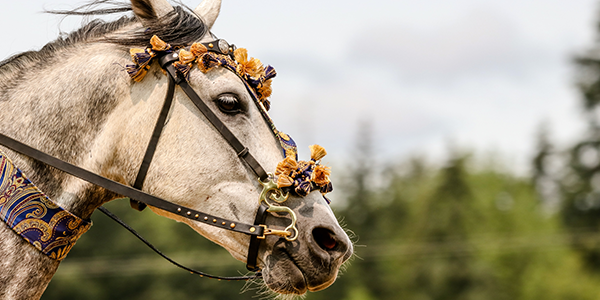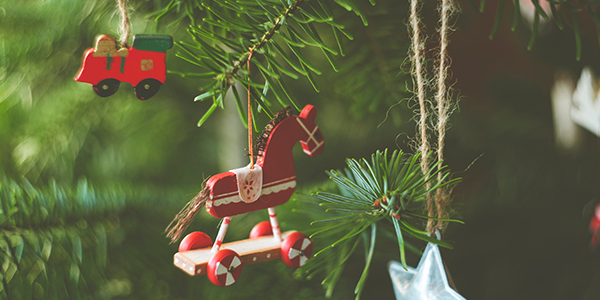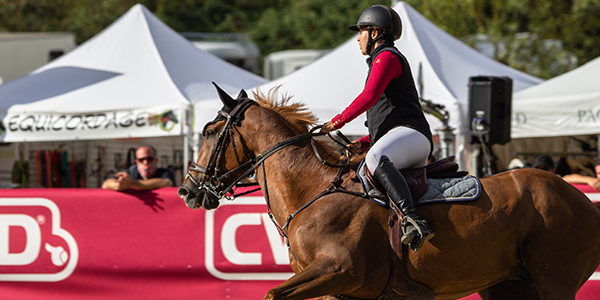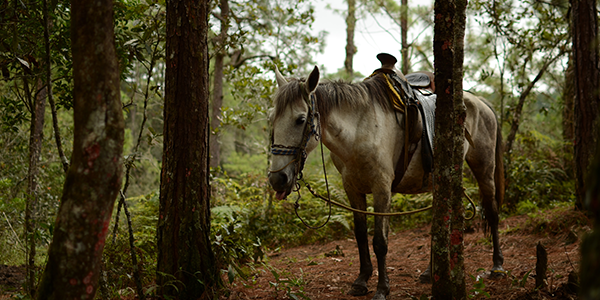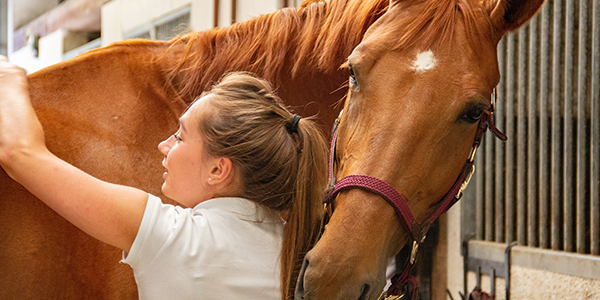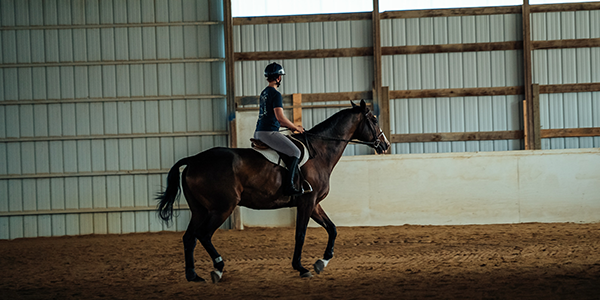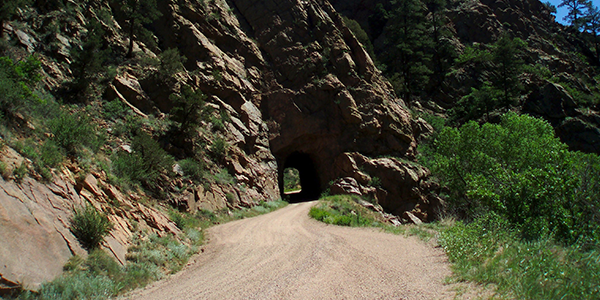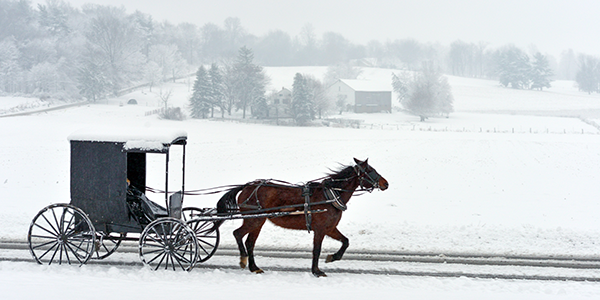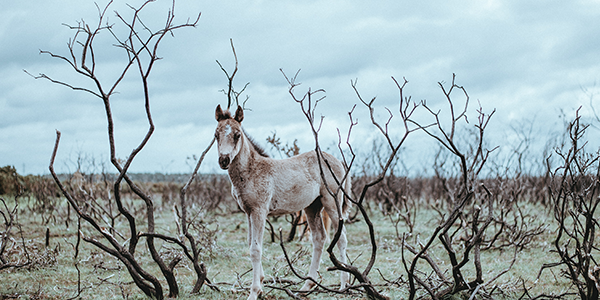The role horses have played in our development has certainly changed over the years. Historically, horses shaped the way we used to farm and travel. However, modern horses are more recreational. Modern horses are very well cared for, which is great, but it can also lead to a spoiled horse. This could lead to negative behavior and even a dangerous riding partner. Also, if you are looking for a horse property for sale in Colorado, contact Colorado Horse Property today and speak with one of our horse-person realtors.
Tips For The Spoiled Horse
The term Princess Complex refers to horses that are coddled and allowed to get away with bad behavior. A spoiled horse is more likely to injure someone, depending on how much they are used to being handled. A horse with little or no handling is more easily spooked. Attempting to handle a spooked horse is what leads to injuries. On the other hand, a horse with good handling and a disciplined daily routine is far less dangerous.
Don’t worry if your horses have established princess complex. Though it can be a slow and sometimes difficult process to bring them back, it is definitely possible. Horses can be taught that their life is more rewarding when they behave, which will reinforce good behavior. This will take training and praising your horse when they’ve done a good job. The only way to defend against a spoiled horse is to decide on a set of fundamental rules for both of you early in the horse’s development. Remember to establish rules that you can consistently enforce and reinforce if your horse challenges you. For more help, talk to a professional horse trainer.
